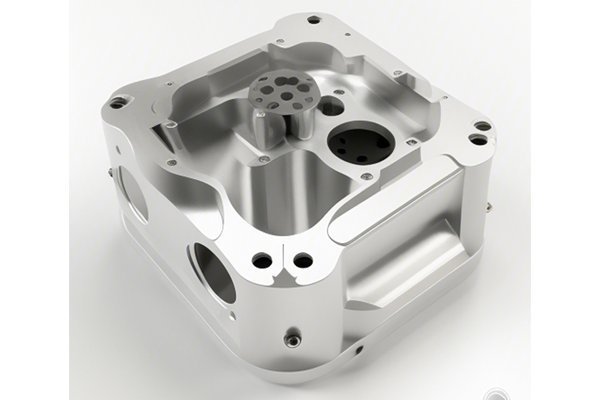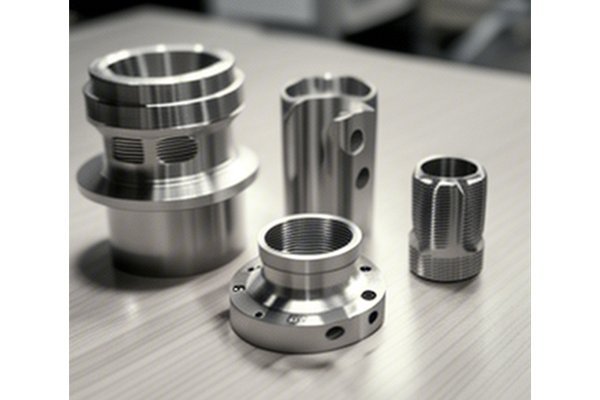*
Did you know that over 70% of industries utilizing anodized materials report challenges with color consistency? In the rapidly evolving manufacturing landscape, where aesthetic appeal is as crucial as functional performance, ensuring uniformity and color consistency in the anodizing process has become a pivotal challenge. Whether it’s the stunning finish on a luxury car or the precise components of high-tech gadgets, the industry demands perfection. But how do we achieve this elusive feat?
In this comprehensive blog post, we’ll be exploring the intricacies of anodizing, the factors influencing uniformity and color consistency, and actionable strategies to overcome common challenges. Let’s dive into the vibrant world of anodizing and unlock the secrets to achieving that perfect finish every time!
—
Anodizing is an electrochemical process that converts the metal surface into a decorative, durable, corrosion-resistant aluminum oxide finish. This process not only enhances the appearance of aluminum but also increases its resistance to corrosion and wear, making it a preferred choice for various industries, including automotive, aerospace, and consumer electronics. However, consistent quality and aesthetics can be tricky to maintain during anodization.
The Importance of Uniformity and Color Consistency
Uniformity and color consistency in anodizing are not just cosmetic; they play a crucial role in product quality and brand reputation. Variations in color can lead to customer dissatisfaction, increased return rates, and a tarnished brand image. Furthermore, products that display inconsistencies in color can raise questions about quality control among consumers and stakeholders.
Factors Affecting Uniformity and Color Consistency
Several factors can influence the uniformity and color consistency in the anodizing process:
Strategies to Achieve Uniformity and Color Consistency
To tackle the challenges of ensuring uniformity and color consistency in the anodizing process, consider implementing the following strategies:
Choosing the right aluminum alloy can serve as the foundation for successful anodizing. Alloys with a high purity level and optimal compositions tend to yield more consistent finishes. For applications where color uniformity is critical, alloys such as 6061 or 6063 are preferred due to their good anodizing characteristics.
Surface preparation is key. Proper cleaning, etching, and rinsing are essential steps before anodizing. Employ methods like alkaline cleaning or abrasive blasting to prepare surfaces. Ensure that the material is free of any contaminants, such as oil, dust, or previous coatings.
Monitor and control the chemistry of your anodizing bath meticulously. Use automatic dosing systems to ensure that sulfuric acid concentration, temperature, and pH levels remain stable. Regularly test the bath for impurities and adjust accordingly.

Ensure your anodizing setup promotes a uniform electrical field. This can be achieved by adjusting the positioning of the cathodes and ensuring that all parts are fully immersed. Using jigging strategies that do not isolate any sections can promote uniform current flow.
If adding color through dyeing, standardize your process to mitigate variations. This can include:
After anodizing, rigorous quality control protocols should be established. This includes:
Finally, ensure proper sealing treatments post-anodizing. Sealing not only protects the surface but can also enhance color vibrancy and consistency. Evaluate different sealing techniques, such as hot water sealing, cold sealing, or chemical sealing, based on the desired results.
Real-World Case Study: Achieving Consistency at XYZ Corporation
At XYZ Corporation, a notable player in the automotive industry, the challenge of maintaining color consistency during their anodizing process led to significant customer complaints. Through meticulous analysis, they:
As a direct result, they noticed a 30% decrease in customer returns related to color inconsistencies and an increase in overall customer satisfaction scores. This case exemplifies that with the right approach, challenges in anodizing can be effectively addressed.
Uniformity and color consistency in the anodizing process are not just details—they’re essential components of product quality and brand integrity. By understanding the various factors that impact anodizing and implementing the strategies outlined in this blog, manufacturers can significantly improve their anodizing processes, leading to heightened customer satisfaction and higher industry competitiveness.
As we conclude, remember that the road to achieving a perfect anodized finish may be complex but is undoubtedly worth the effort. In a market where visual appeal meets function, investing in quality anodizing practices is an investment in your brand’s future. Ensure that your anodizing process is remembered for all the right reasons—immaculate color consistency and durability that stands the test of time.






